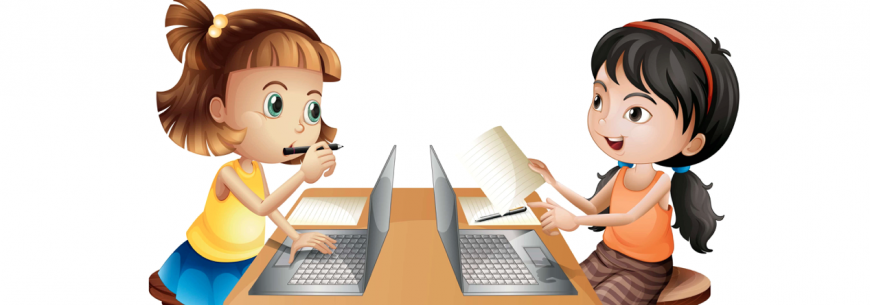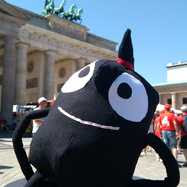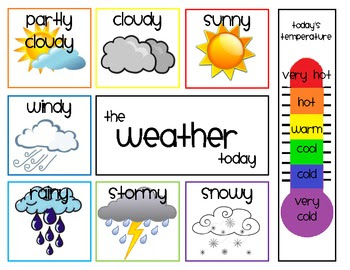European Day of Languages
Virtual trip to cebrate this day, greeting each other in different languages.
The European Day of Languages (EDL) is an annual celebration day to
encourage language learning across Europe. At the initiative of the
Council of Europe, EDL has been celebrated every year, on 26 September,
since the European Year of Languages in 2001.
The specific aims of the EDL are to:
- raise awareness of the importance of language learning in order to increase plurilingualism and intercultural understanding;
- promote the rich linguistic and cultural diversity of Europe;
- encourage lifelong language learning in and out of school.












+19.06.57.png)
+16.36.51.png)














































.JPG)








